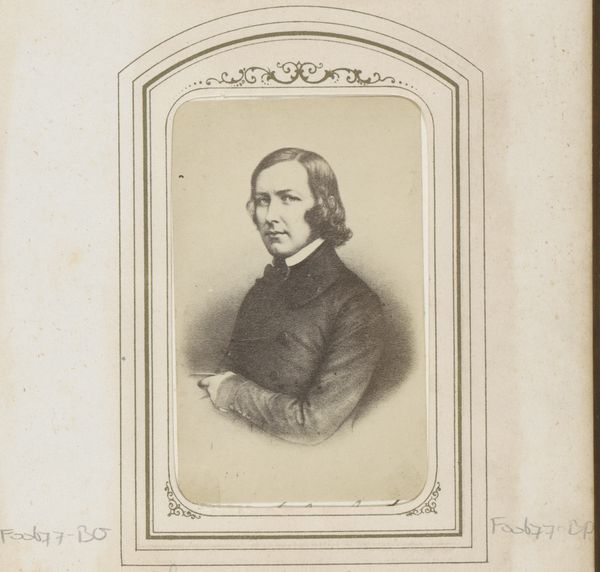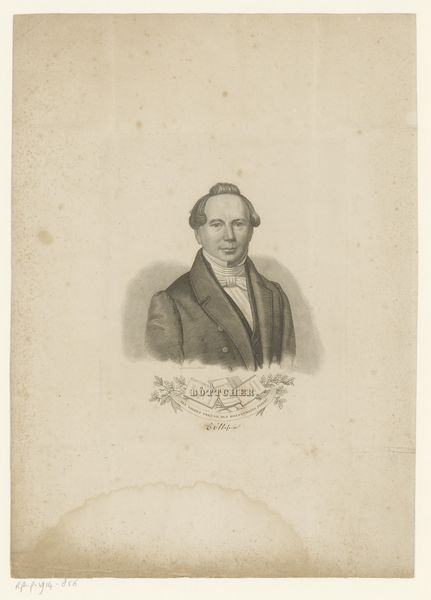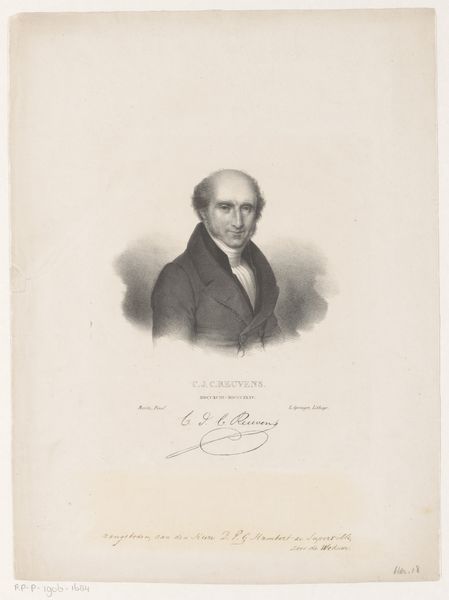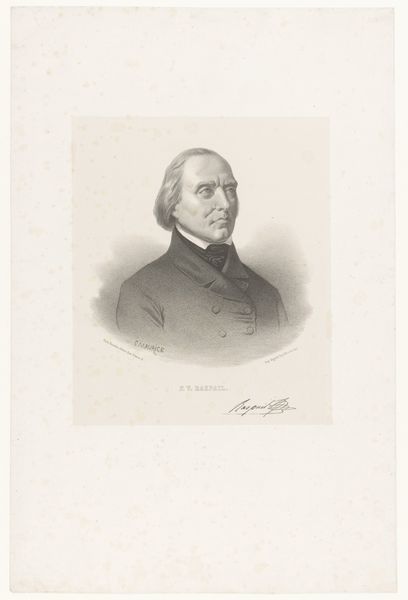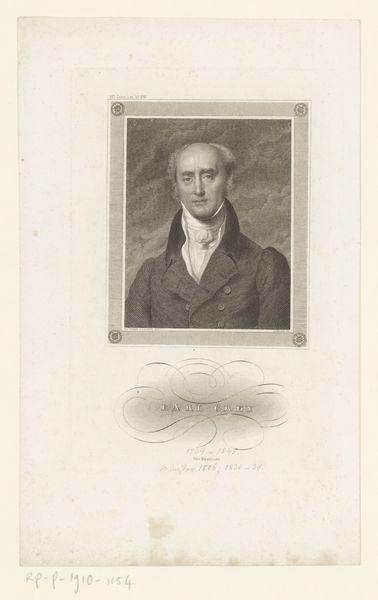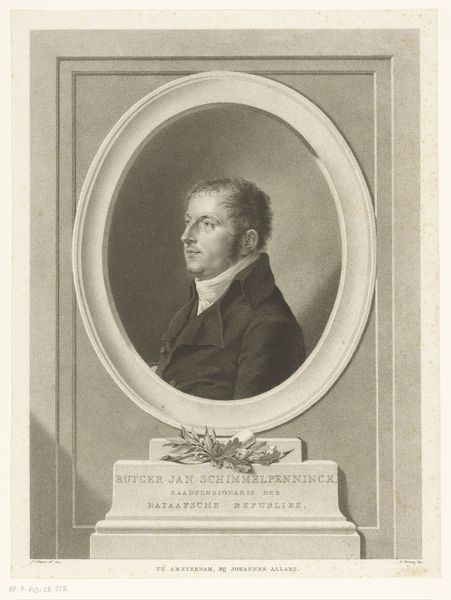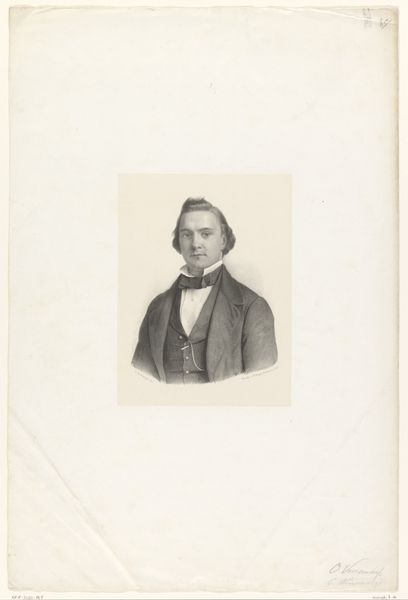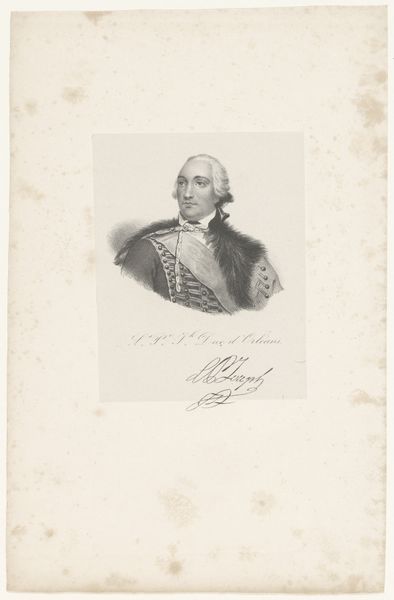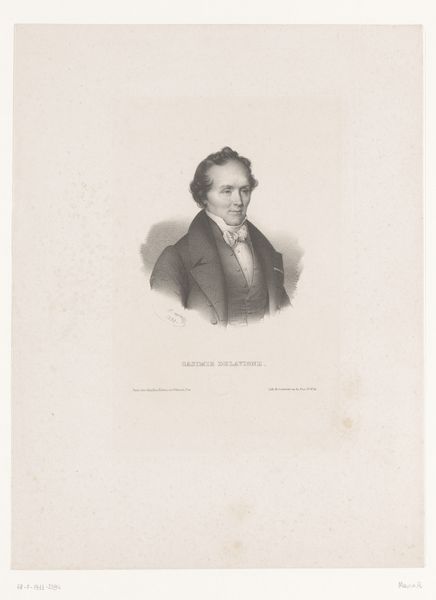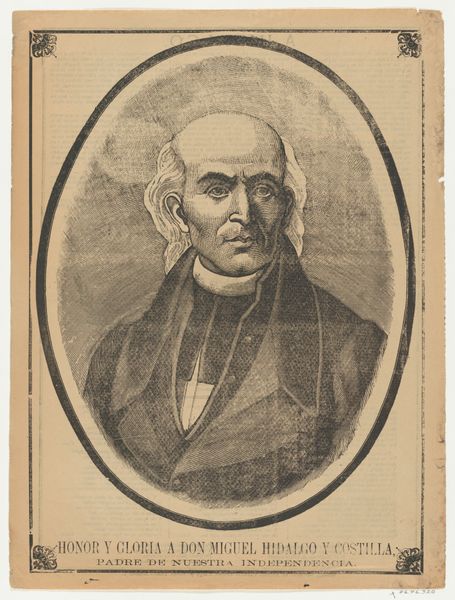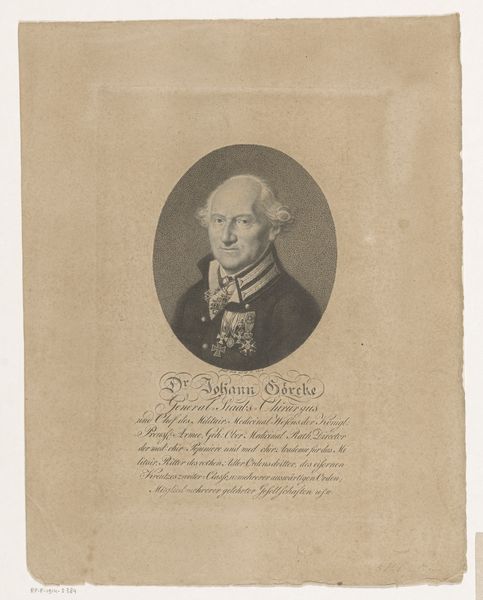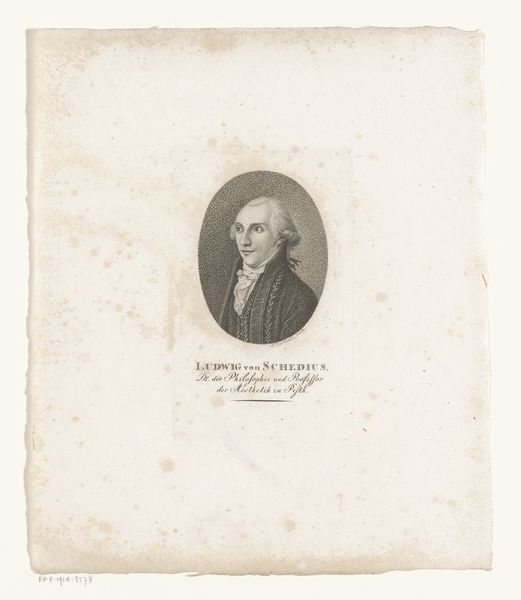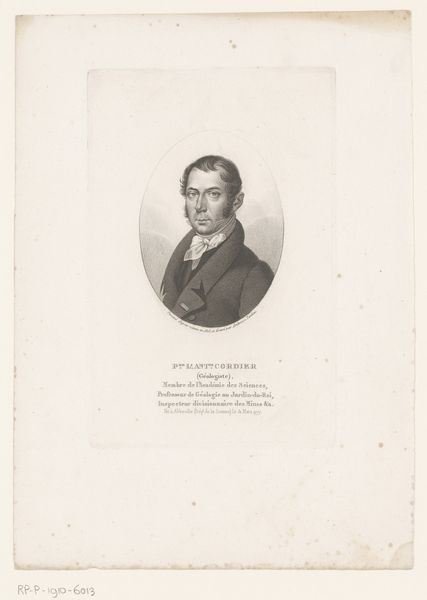
Portretten van Andreas Achenbach, Carl Friedrich Lessing, Peter von Cornelius, Friedrich Eduard Meyerheim en Wilhelm von Kaulbach 1845 - 1899
0:00
0:00
Dimensions: height 89 mm, width 119 mm
Copyright: Rijks Museum: Open Domain
This small print of five artists was made anonymously using a method called wood engraving. Wood engraving is a relief printing process, like woodcut, but with a key difference: it uses the end grain of the wood, which allows for much finer detail. The artist would have used specialized tools called gravers to carve the image into the block. Think of it as a very precise form of drawing with a knife. The block is then inked and pressed against paper, transferring the image. In the nineteenth century, wood engraving became a common method for illustrating books and periodicals. This print likely comes from such a context. The process allowed for relatively quick and inexpensive reproduction of images, feeding the growing demand for visual content. Prints like this helped to popularize images and ideas, but often at the expense of the individual craftsman. Wood engraving was skilled labor, but was also a form of mass production. The ubiquity of the process led to the undervaluing of the individual skills that went into creating each print. So next time you see a wood engraving, consider the labor, politics, and consumption that went into its production!
Comments
No comments
Be the first to comment and join the conversation on the ultimate creative platform.
